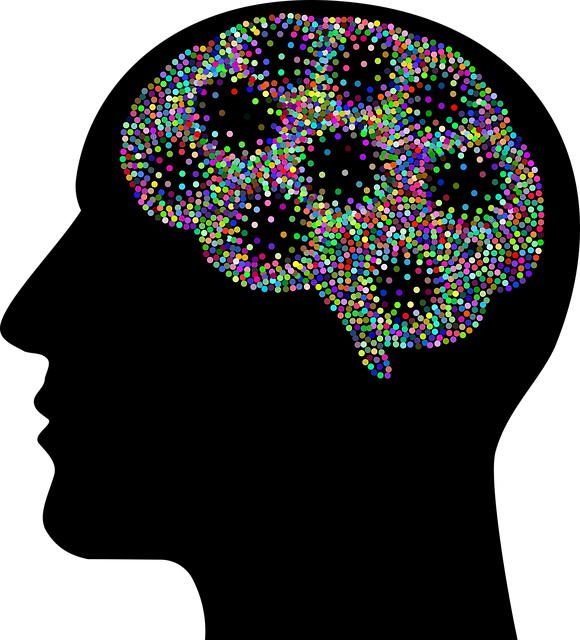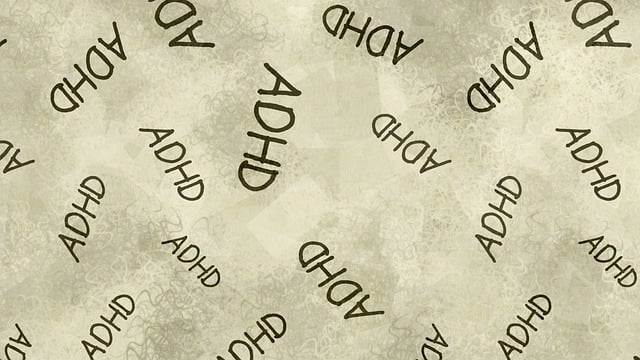Superior Gender Identity Therapy (SGIT) prioritizes client safety and treatment efficacy through comprehensive risk assessment, targeting harm minimization strategies for complex issues often co-occurring with mental illness and social stigma. This approach includes mood management, depression prevention, and Mental Illness Stigma Reduction Efforts in a non-judgmental environment that fosters open dialogue and personal growth. Key components involve individualized guidance like Mental Wellness Journaling Exercises to promote emotional regulation and positive thinking, proactive emotion management through techniques such as deep breathing or mindfulness, and education empowering clients with skills to navigate their identities and societal challenges, enhancing self-esteem and mental wellness. Ongoing support through journaling strengthens resilience and minimizes risks during gender identity exploration and transition.
Superior Gender Identity Therapy involves meticulous risk assessment and harm minimization planning. This comprehensive guide delves into the essential components of these processes, offering a detailed look at understanding risk assessment within this therapeutic context. We explore effective harm minimization strategies and emphasize the critical role of education and ongoing support in mitigating potential risks. By implementing these practices, therapists can ensure safer, more positive outcomes for clients navigating gender identity issues.
- Understanding Risk Assessment in Gender Identity Therapy
- Implementing Harm Minimization Strategies
- The Role of Education and Ongoing Support in Mitigating Risks
Understanding Risk Assessment in Gender Identity Therapy

Risk assessment is a critical component of superior gender identity therapy, ensuring safe and effective treatment for individuals navigating their gender expression. It involves a comprehensive evaluation of potential risks and hazards associated with the therapeutic process, allowing clinicians to implement harm minimization strategies tailored to each client’s unique needs. This proactive approach recognizes that gender identity issues can be complex, often intertwined with mental illness, depression, and social stigma.
By meticulously assessing factors like past trauma, suicide ideation, and support systems, therapists can facilitate mood management techniques and depression prevention strategies within the therapy setting. Moreover, understanding these risks enables professionals to initiate Mental Illness Stigma Reduction Efforts, fostering a non-judgmental environment conducive to open dialogue and personal growth.
Implementing Harm Minimization Strategies

Implementing Harm Minimization Strategies is a pivotal step in Superior Gender Identity Therapy, aiming to foster mental wellness and overall emotional well-being. This approach recognizes that every individual’s journey is unique, and thus, personalized strategies are essential. Therapists play a crucial role in guiding clients towards effective methods of coping with potential distress or harm. One powerful tool in this process is Mental Wellness Journaling Exercise Guidance. Encouraging clients to reflect on their thoughts and emotions through journaling can enhance emotional regulation and promote positive thinking. This practice allows individuals to track their progress, identify triggers, and develop healthier coping mechanisms.
Additionally, incorporating specific exercises tailored to emotional regulation can significantly contribute to harm minimization. Simple yet effective techniques, such as deep breathing exercises or mindfulness practices, empower clients with instant tools to manage intense emotions. By integrating these strategies into therapy sessions, therapists enable individuals to build resilience and navigate challenging situations more adaptively. Such proactive measures not only mitigate potential harms but also foster a sense of empowerment and self-care, leading to improved mental wellness.
The Role of Education and Ongoing Support in Mitigating Risks

Education plays a pivotal role in mitigating risks and fostering positive outcomes for individuals undergoing Superior Gender Identity Therapy. By providing comprehensive learning experiences, therapists can empower clients to understand their identities better and navigate social challenges with enhanced coping mechanisms. This involves not only teaching self-affirmation strategies but also offering guidance on managing potential stigma from society at large. Mental illness stigma reduction efforts within therapy sessions contribute significantly to improving self-esteem and overall mental wellness.
Ongoing support is equally crucial, extending beyond the confines of traditional therapy sessions. Encouraging clients to engage in mental wellness journaling exercises can serve as a powerful tool for self-reflection and tracking progress. This practice allows individuals to externalize their thoughts, process experiences, and identify areas where they might need further assistance. In this way, education and support work synergistically, fostering resilience and minimizing risks associated with gender identity exploration and transition, while promoting self-esteem improvement and enhancing the effectiveness of therapy overall.
In the pursuit of superior gender identity therapy, risk assessment and harm minimization planning are indispensable. By understanding these processes, therapists can implement effective strategies that safeguard client well-being. Education and ongoing support play a pivotal role in mitigating risks, ensuring a safe and supportive environment for individuals navigating their gender identities. Embracing these practices fosters a therapeutic approach that is both comprehensive and compassionate, ultimately enhancing the quality of care provided.














